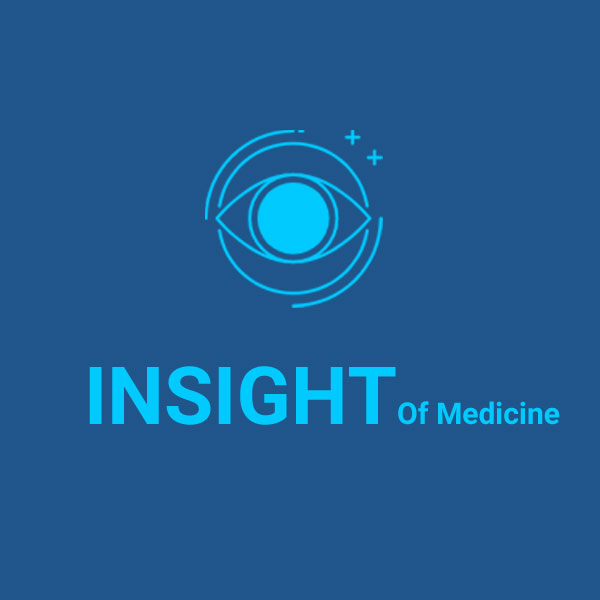1.Loss-of-function variant in spermidine/spermine N1-acetyl transferase like 1 (SATL1) gene as an underlying cause of autism spectrum disorder
DOI: 10.1038/s41598-024-56253-5
https://www.nature.com/articles/s41598-024-56253-5
Autism spectrum disorder (ASD) is a complex neurodevelopmental condition affecting communication and social interaction, typically emerging before age 3. However, an 8-year-old child in this study developed ASD later despite normal early development. Genome sequencing revealed a mutation in the SATL1 gene, associated with spermidine synthesis, in this child and another ASD patient. While SATL1 mutations are novel in human disease, they've been linked to neurological conditions in mammals. Interestingly, SATL1 shows higher expression in ASD-related brain regions. Spermidine, a product of SATL1 activity, plays roles in learning, memory, and neuroprotection. This study suggests SATL1 mutations may contribute to ASD development, shedding light on a potential genetic mechanism and implicating spermidine in ASD pathophysiology.
2.Chronic oxytocin administration stimulates the oxytocinergic system in children with autism
DOI: 10.1038/s41467-023-44334-4
https://www.nature.com/articles/s41467-023-44334-4
Intranasal oxytocin is explored for autism treatment, yet its long-term effects on endogenous oxytocin function remain unclear. In a trial with 79 autistic children, oxytocin administration for four weeks increased salivary oxytocin levels 24 hours post-treatment but not at four-week follow-up. Oxytocin reduced DNA methylation of the oxytocin receptor gene (OXTR), potentially enhancing receptor expression. Elevated oxytocin levels correlated with reduced OXTR methylation and improved attachment feelings. These results suggest chronic oxytocin administration stimulates the endogenous oxytocin system in autistic children, highlighting its potential therapeutic effects on oxytocinergic pathways.
3.Protective factors against the emotional impact of the pandemic in adults with autism spectrum disorders (ASD) and intellectual disability (ID)
DOI: 10.1038/s41598-024-55049-x
https://www.nature.com/articles/s41598-024-55049-x
The pandemic has disproportionately affected the mental health of individuals with autism spectrum disorders (ASD) and intellectual disability (ID). A study involving 60 adults with ASD and ID investigated the impact of social communication, quality of life, and anxiety on pandemic-related emotional changes. Results revealed that quality of life explains 31% of the emotional impact variance, with the well-being index significantly contributing to the model's fit. Communication writing and leisure socialization did not significantly affect emotional impact. Quality of life emerged as the sole predictor of pandemic-related emotional changes in this population. These findings underscore the importance of addressing quality of life in designing psychoeducational interventions and services for adults with ASD and ID during crises like the pandemic.
4.The developmental timing of spinal touch processing alterations predicts behavioral changes in genetic mouse models of autism spectrum disorders
DOI: 10.1038/s41593-023-01552-9
https://www.nature.com/articles/s41593-023-01552-9
In autism spectrum disorders (ASDs), somatosensory reactivity is often altered. Multiple mouse models of ASD display abnormal somatosensory behaviors, with some showing changes as early as embryonic development while others exhibit them later. Neonatal tactile overreactivity correlates with adult anxiety-like and social behavior deficits, unlike later-onset overreactivity. Disruption in circuitry determines timing: altered feedback or presynaptic inhibition leads to neonatal touch abnormalities, while spinal cord feedforward inhibition disruption causes later-life alterations. Developmental timing of tactile processing abnormalities predicts ASD-associated behaviors in mice, suggesting it may contribute to phenotypic variability in ASD individuals. This study sheds light on the temporal dynamics of somatosensory dysfunction in ASD mouse models, offering insights into the disorder's heterogeneity.
5.Rare X-linked variants carry predominantly male risk in autism, Tourette syndrome, and ADHD
DOI: 10.1038/s41467-023-43776-0
https://www.nature.com/articles/s41467-023-43776-0
Autism spectrum disorder (ASD), Tourette syndrome (TS), and attention-deficit/hyperactivity disorder (ADHD) show a strong male bias, influenced by genetic, biological, and ascertainment factors. While chromosome X (Chr X) has been implicated in male vulnerability, rare genetic variation on Chr X hasn't been extensively studied. This research uses informative recombinations in simplex ASD families to identify risk-enriched regions on Chr X. Rare maternally-inherited damaging variants within these regions significantly increase ASD risk in males. Applying a modified test to 13,052 ASD probands uncovers a novel high-confidence ASD risk gene (MAGEC3). Furthermore, similar rare damaging variants within these regions contribute to male vulnerability in TS and ADHD. These findings illuminate genetic mechanisms underlying male susceptibility across multiple neurodevelopmental disorders, aiding systematic gene discovery efforts.







Post comments